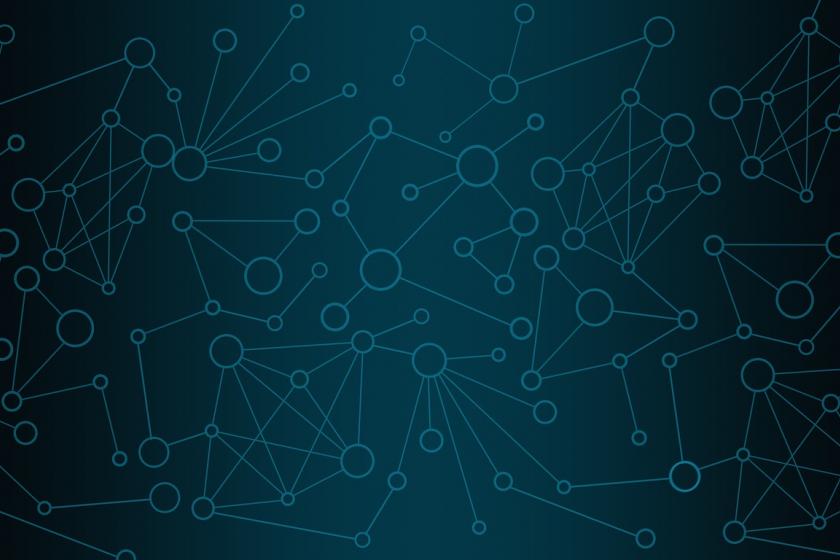LwM2M Holds More Promise Than MQTT
While MQTT can work with LPWAN, lightweight M2M (LwM2M) is much more efficient and provides a simpler, full-stack set of protocols that offer simplified management of deployments with less power consumption and data.
May 17, 2022

Though message queueing telemetry transport (MQTT) has been the de facto standard for integrating Internet of Things (IoT) devices into the cloud for several years, the technology is no longer adequate for the large-scale IoT projects of today nor the larger IoT projects of the future.
MQTT fails to fully optimize the low power wide area networks (LPWAN). While still an excellent technology for fixed position devices with wired connectivity and wired into the power grid, it is too bulky and too expensive for many of today’s needs.
Today, hundreds of thousands of developers can take device data from a module and move it across an environment across various IoT technology domains. While that number is impressive at first glance, it pales compared to the millions of more mainstream developers that could take advantage of a more easily deployed, less expensive solution. Development needs to be as easy and as seamless as possible for app developers.
With an increasingly growing IoT market for everything from smart machines in manufacturing plants to smart traffic monitoring devices in municipalities, analysts predict that more than 5 billion devices will use cellular IoT connectivity in 2025, with as many as 60% of these being LPWAN connections.
Technology providers understand this and are working diligently to ensure that this type of high-quantity IoT data can effectively and reliably reach the hyperscale cloud via LPWAN as effectively as it can with 5G or Wi-Fi. Connectivity is complementary, but the low power of NB-IoT and LoRa enables low-cost devices to get to the IoT platform in which IoT can fuel applications.
For example, IoT Central from Microsoft Azure is a platform developed to provide templates for various applications, making it easy to LPWAN IoT use cases.
There is an outstanding opportunity to merge LPWAN with hyperscale cloud services to create an easily deployed LPWAN Cloud Gateway Service, which could help companies fully realize the full business benefits of integrating IoT devices into the cloud.
Though MQTT is pervasive today, it is not easy to deploy and develop at IoT hyperscale volumes and is too complicated for low power/low data IoT deployments.
Benefits of LwM2M
While MQTT can work with LPWAN, the legacy technology doesn’t provide the efficiency needed for modern LPWAN IoT solutions – many of which often use less data and have power constraints. Lightweight M2M (LwM2M) is much more efficient. LwM2M provides a simpler, full-stack set of protocols that offer simplified management of deployments with less power consumption and data.
LwM2M offers 72% less data transfer at initial connection, 31% less data transfer for steady-state device connection, and power consumption is as much as one-third lower. It offers better coverage, lower cost, lower power consumption, and better mobility than MQTT. LPWAN using LwM2M will also give the low-power wireless market access to voice capabilities.
LwM2M enables companies to opt for smaller, cheaper devices that are more versatile because they use wireless connectivity rather than requiring a hard-wired connection. Additionally, the smaller, cheaper devices run on batteries, so no direct electrical connection is required.
The smaller, more versatile devices answer the need for growing massive connectivity that companies need to compete today and in the future.
The LwM2M advantages are also expected to drive the growth of the technology for connectivity in the public utility, industry, agriculture, smart living, and smart home sectors, to name a few.
LwM2M also helps in the construction of digital twins, which many enterprises are now deploying between the intelligent edge and intelligent cloud.
There is a major challenge with developing digital twins, however. To model the physical world, you need to sense the physical world and model it as a digital twin. The first step is to fully understand how the technology being emulated by the twin actually works in the real world.
Now is the time for technology providers to incorporate LwM2M into their expansion plans to maximize the advantages of IoT integration into hyperscale clouds for their customers.
Neset Yalcinkaya is VP of Products North America at Quectel.
Related articles:
About the Author
You May Also Like


